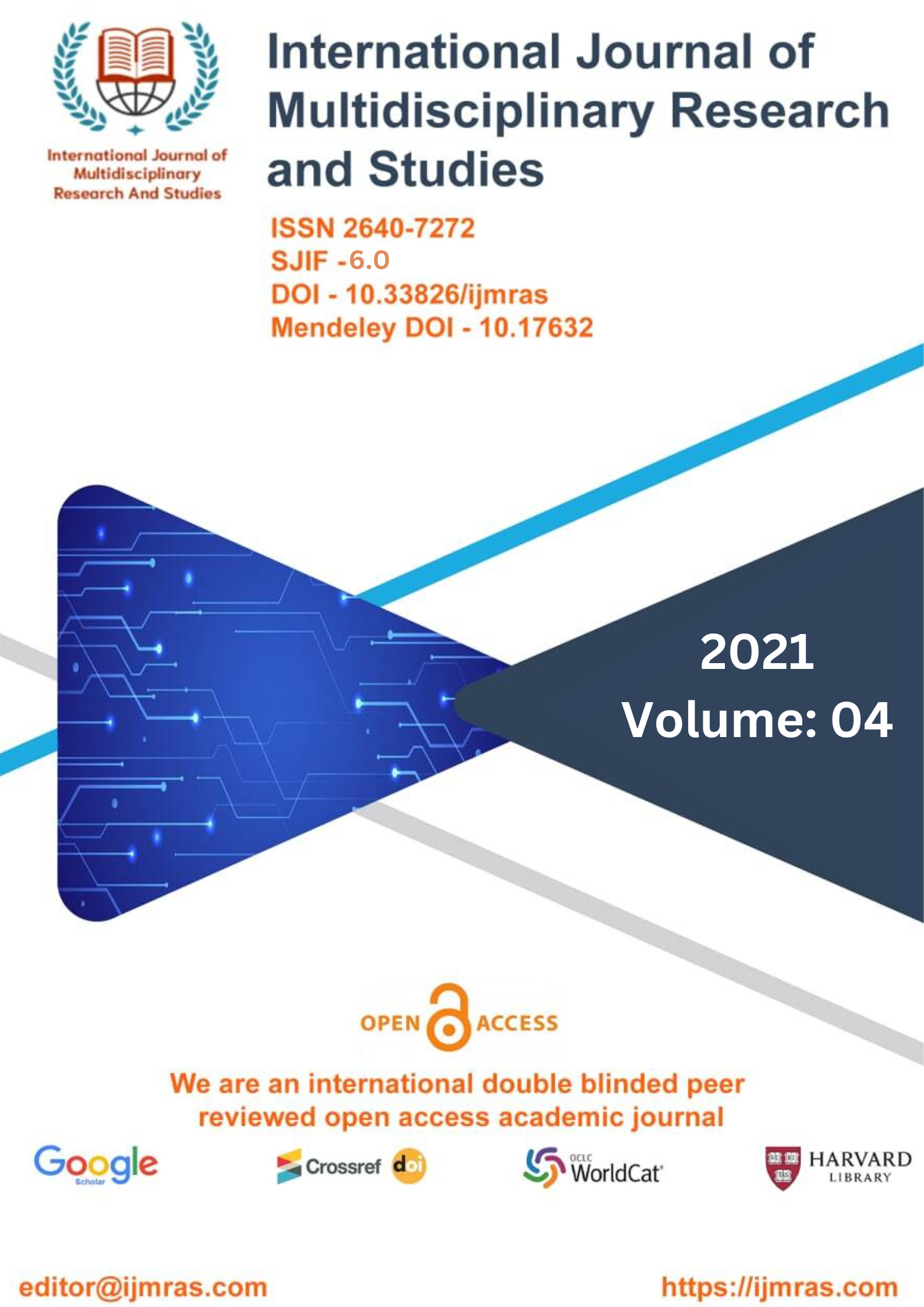DATA MINING AND TEMPORAL ANALYSIS OF EPILEPTIC SIGNALS

Abstract
Electroencephalogram, or EEG, data have been collected and analyzed for a long time in an effort to gain insight into the electromagnetic activity of the brain. It has survived the test of time because to the fact that it monitors physiological processes despite the fact that these functions fluctuate over the course of time and is reactive to various circumstances. The electroencephalogram (EEG) reflects the electrical activity of the brain with a temporal resolution of milliseconds and is the most direct correlate of on-line brain function that is accessible in a non-invasive manner. Currents are generated everywhere throughout the skull as a result of the electrical activity that is produced by the brain's active nerve cells. These currents also reach the surface of the scalp, and the electroencephalogram, which records the ensuing voltage variations on the scalp, may be described as follows: (EEG). The electroencephalogram (EEG) signal consists of, among other things, four primary spectral components. The wave, with a frequency ranging from 8 to 12 Hz, is the one that is considered to be the most significant.
Keywords
Data Mining, Temporal, Frequency, ElectroencephalogramHow to Cite
References
[Alb06] Albright, S.C., W. L. Winston, and C. Zappe, Data Analysis & Decision Making, Thomson Higher Education, 2006.
[Fie09] Field, A., Discovering Statistics Using SPSS, 3rd edition, Sage Publishing, 2009.
[Gla05] Glantz, S., Primer of Biostatistics, 6th edition, McGraw-Hill Medical, 2005.
[Kac86] Kachigan, S.K., Statistical Analysis: An Interdisciplinary Introduction to Univariate and Multivariate Methods, Radius Press, 1986.
[Leh08] Lehman, E.L. and J.P. Romano, Testing Statistical Hypotheses, Springer, 2008.
[Pre02] Press, W.H., S.A. Teukolsky, W.T. Vetterling, B.P. Flannery, Numerical Recipes in C, 2nd edition, Cambridge University Press, 2002.
Li X, Tao S, Jamal-Omidi S, Huang Y, Lhatoo SD, Zhang GQ, Cui L. Detection of Postictal Generalized Electroencephalogram Suppression: Random Forest Approach. JMIR Medical Informatics. 2020;8(2):e17061.
Li X, Huang Y, Tao S, Cui L, Lhatoo SD, Zhang GQ. SeizureBank: A Repository of Analysis-ready Seizure Signal Data. In AMIA Annual Symposium Proceedings 2019.
Huang Y, Li X, Tao S, Guo-Qiang Z, A Transfer Learning Approach to Realtime Seizure Prediction. In Rice Data Science Conference Proceedings 2019
Yao X, Li X, Ye Q, Huang Y, Cheng Q, Zhang GQ. A robust deep learning approach for automatic classification of seizures against non-seizures. arXiv preprint arXiv:1812.06562. 2018 Dec 17.
Guo-Qiang Z, Yan H, Licong C. Can SNOMED CT Changes Be Used as a Surrogate Standard for Evaluating the Performance of Its Auditing Methods?. In AMIA Annual Symposium Proceedings 2017 (Vol. 2017, p. 1903). 6
Cui L, Huang Y, Tao S, Lhatoo SD, Zhang GQ. ODaCCI: Ontology-guided Data Curation for Multisite Clinical Research Data Integration in the NINDS Center for SUDEP Research. In AMIA Annual Symposium Proceedings 2016 (Vol. 2016, p. 441).
Matthew M Zack and Rosemarie Kobau. National and state estimates of the numbers of adults and children with active epilepsy—united states, 2015. MMWR. Morbidity and mortality weekly report, 66(31):821, 2017.
License
Copyright (c) 2021 Priya Kumari

This work is licensed under a Creative Commons Attribution 4.0 International License.
Individual articles are published Open Access under the Creative Commons Licence: CC-BY 4.0.



